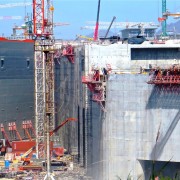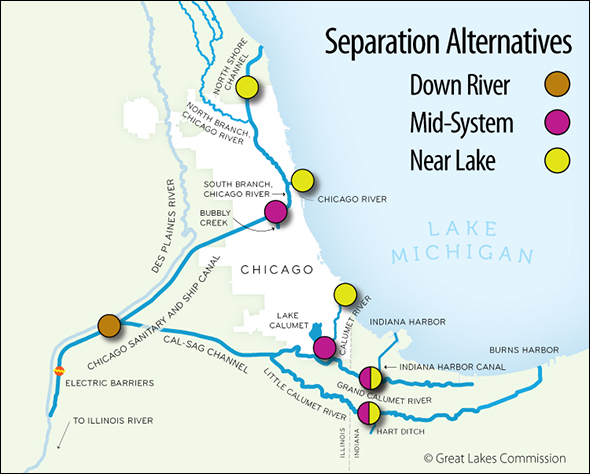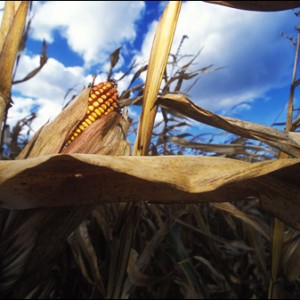Thanksgiving: World Food Entree and Water News On The Side
Sharing the table with a discussion of global grain supplies.

As Americans tuck into their Thanksgiving meals today, most probably won’t be thinking of the record U.S. corn harvest expected this year. The harvest — and other sizeable harvests of staple grains like corn, rice, and wheat in major food-growing countries — will help boost global grain stocks to their highest levels in 15 years.
That’s something the whole world can be thankful for after a decade of tight food supplies.
Global stocks of major grains have been significantly lower this decade than those in the 1990s, and the difference between the amount of food that the world has stored and the amount that it annually uses has also declined. On top of that, food prices have more than doubled since 2000.
As I’ve been reporting since 2012, the connection between water, food stocks, and food prices is complicated, but generally water scarcity is expected to constrain the amount of food the world will be able to produce in the future. Extreme weather events like droughts and floods can also act as shocks to global food markets, increasing food-price volatility. This was the case during severe droughts in places like the United States and Australia . (You can read more about it here in my latest update on global food stocks, which has a great graphic by my colleague, Kaye LaFond.)
Perhaps the most interesting point to digest is how concentrated the world’s food markets have become. Most of the corn, rice, and wheat sold in the world is produced by just a few countries, including the United States. If those countries get hit by droughts, floods, or heat waves, it can have an outsize effect on the world’s food supply and food prices — prices countries that import the majority of their food have to pay. So while the drought that drastically reduced the 2012 U.S. corn crop didn’t lead to widespread food shortages in the United States (though it did have other effects domestically), it pushed up corn prices to record highs.
The good news is that higher food stocks can help guard against shocks like drought, but even that may not be enough to bring food prices down to levels seen before the spike in the past decade.
Have you noticed your Thanksgiving feast getting pricier in the past few years? Do you know the water footprint of the foods on your Thanksgiving table? Do these facts influence your choices? What are you thankful for this year? Contact Codi Yeager
–Codi Kozacek, reporter
A news correspondent for Circle of Blue based out of Hawaii. She writes The Stream, Circle of Blue’s daily digest of international water news trends. Her interests include food security, ecology and the Great Lakes.
Contact Codi Kozacek











Leave a Reply
Want to join the discussion?Feel free to contribute!